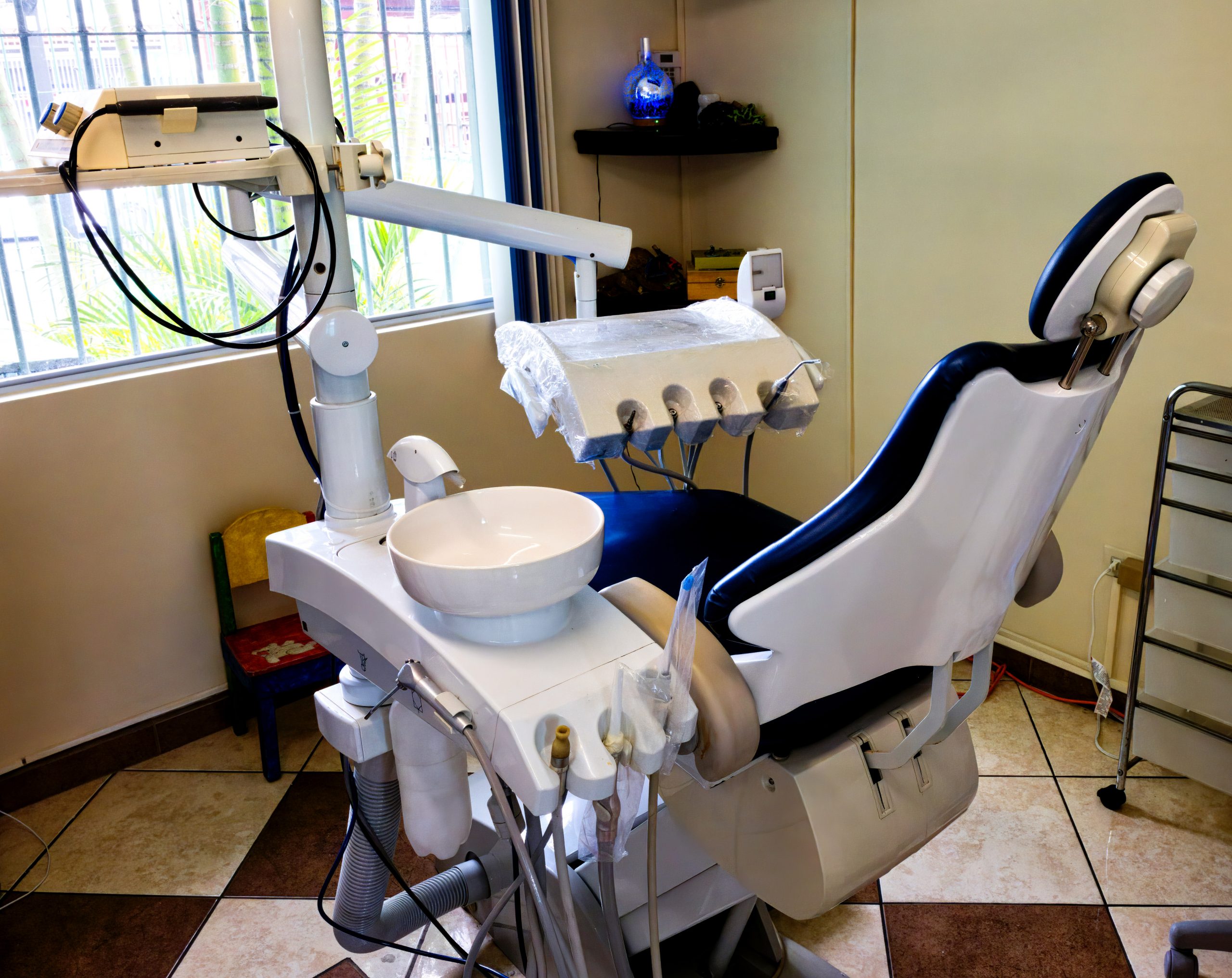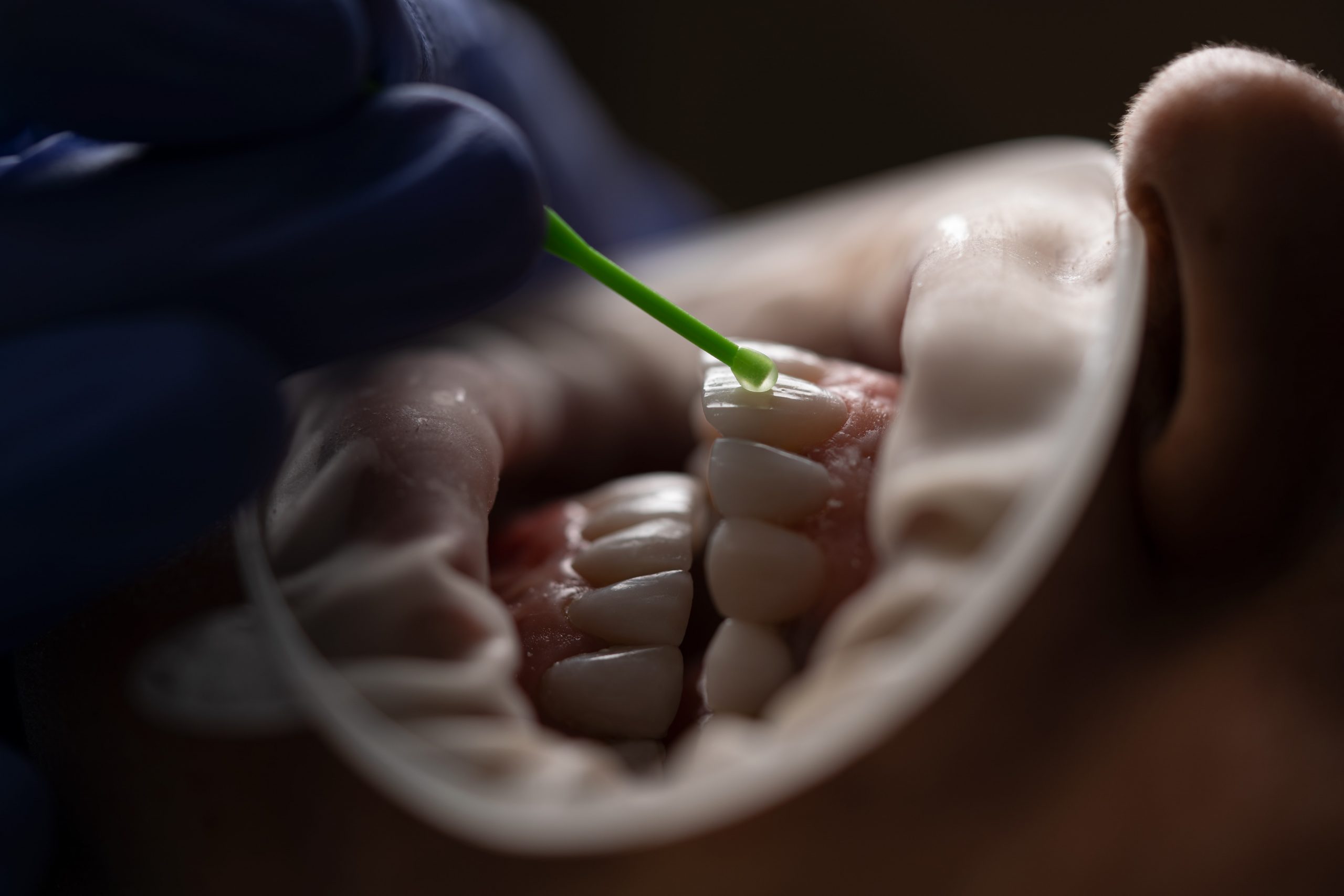
Restoration of endodontically treated teeth
Veneers and inlays can positively influence the long-term prognosis of teeth after endodontically treated teeth or root canal treatment. The final sealing of the canal by inserting the appropriate post and core minimizes the infiltration of oral fluid and bacteria into the periapical area. The lifespan of endodontically affected teeth has been significantly extended thanks to continuous improvements in endodontic treatments and restorative procedures.
Changes in endodontically treated teeth
Classical studies have shown that the dentin of treated teeth differs fundamentally from the dentin of “living” pulp teeth. It has been hypothesized that the dentin of endodontically treated teeth is more brittle due to loss of water and loss of collagen cross-linking.
Access preparations result in increased cusp deviation during function and increase the risk of cusp fractures and microleakage at the restoration margins. Most endodontically treated teeth also have missing teeth due to decay or existing restorations.
Factors affecting endodontically treated teeth
1) Contamination: Contamination of the root canal system with saliva, often referred to as “coronal leakage” or “coronal microleakage”, is a potential cause of endodontic treatment failure.
2)Recurrent caries or broken fillings can also lead to recontamination of the root canal system.
Precautions: Use aseptic treatment techniques, including the use of a rubber dam. Immediate restoration of the tooth is recommended whenever possible after root canal treatment. If this is not possible, protect the root canal system by sealing the canals and pulp chamber floor with intra-coronal barriers.
3)Indications of the post: The main purpose of the post is to maintain the Core of a tooth with significant loss of crown structure. Cartridges should only be used when no other core retention options are available. The professional requirements vary greatly between anterior and posterior teeth.
Proper diagnosis, treatment planning and patient involvement in the decision-making process help the dentist achieve the best results even when the prognosis is poor. Tooth extraction should be the last resort and every effort should be made to preserve natural teeth.










